LOOKING FOR SIGNS
by Peter Finnemore
140x240mm Case Bound / Exposed Spine
6pp Cover, Monotone printing and blind embossed .
304 pp, 150 gsm Silk FSC paper
200 B&W plates plus 40 silver duatones.
Photographs: Peter Finnemore
Editing: Peter Finnemore & Alejandro Acín
Design: Alejandro Acín
Translations: Joseff Govinda Howells
Printing: Taylor Borthers
Published by Peter Finnemore in collaboration
with ICVL Studio. Gwendraeth House, 2022
ISBN 979-8-88680-470-6
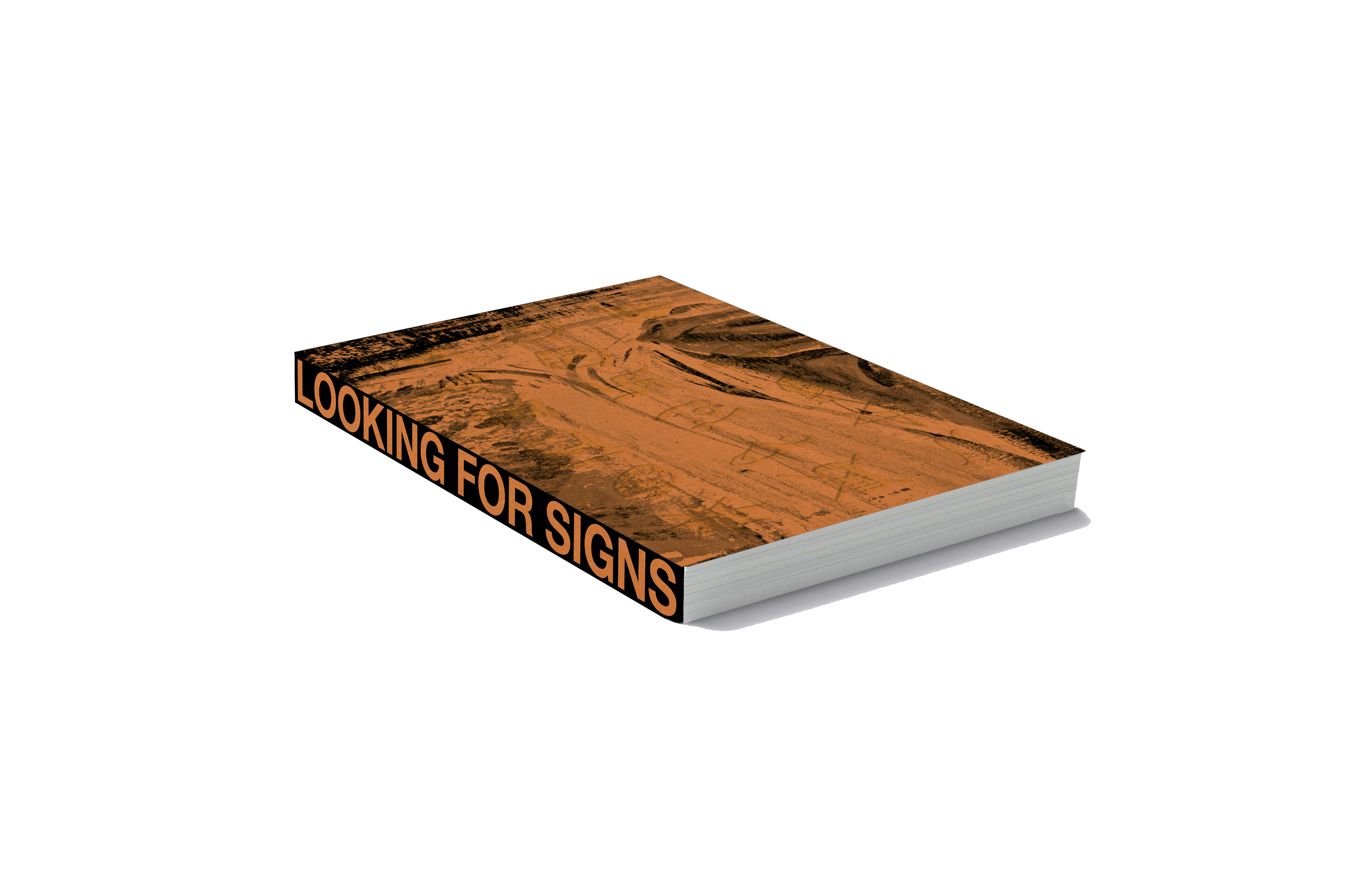
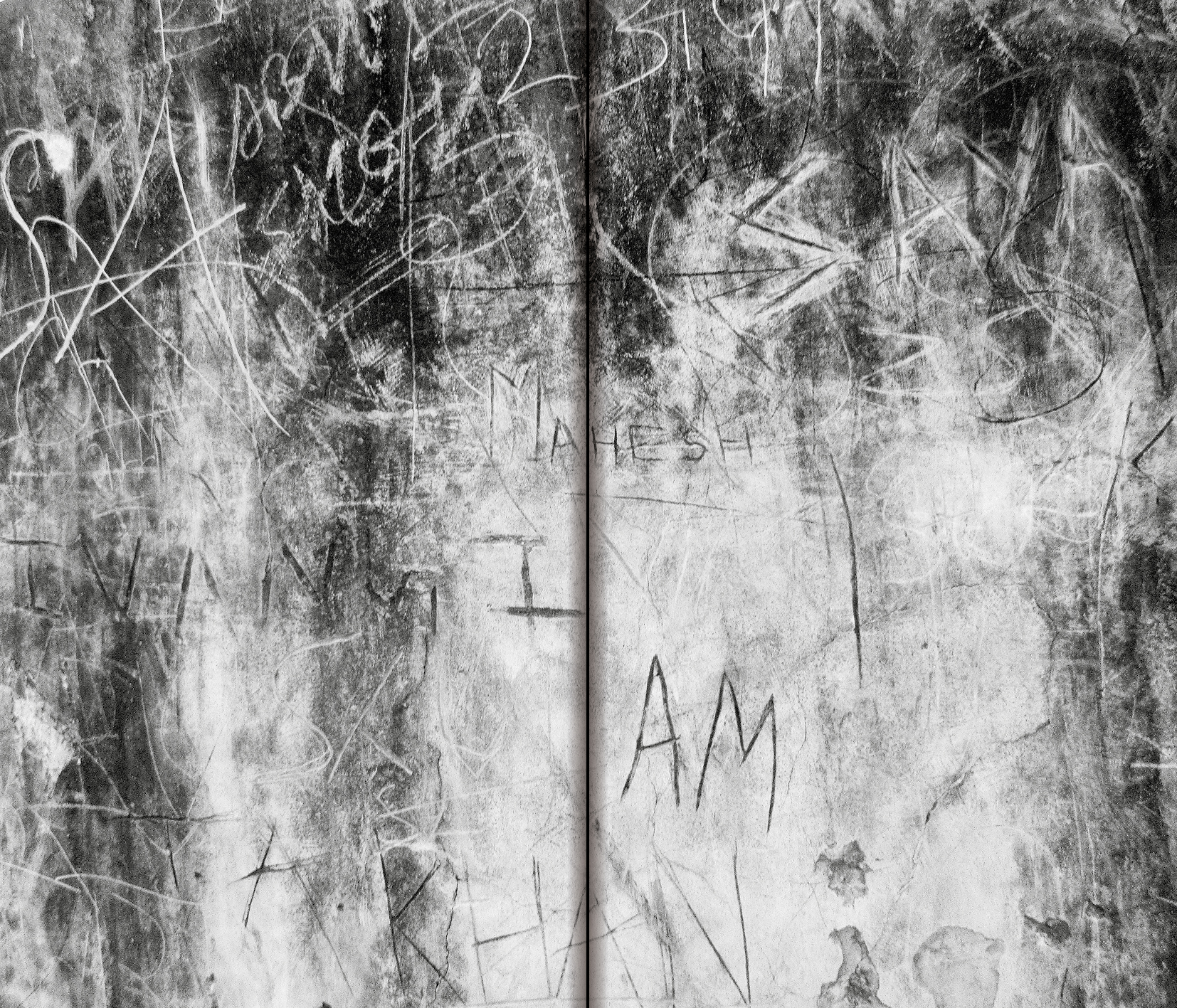
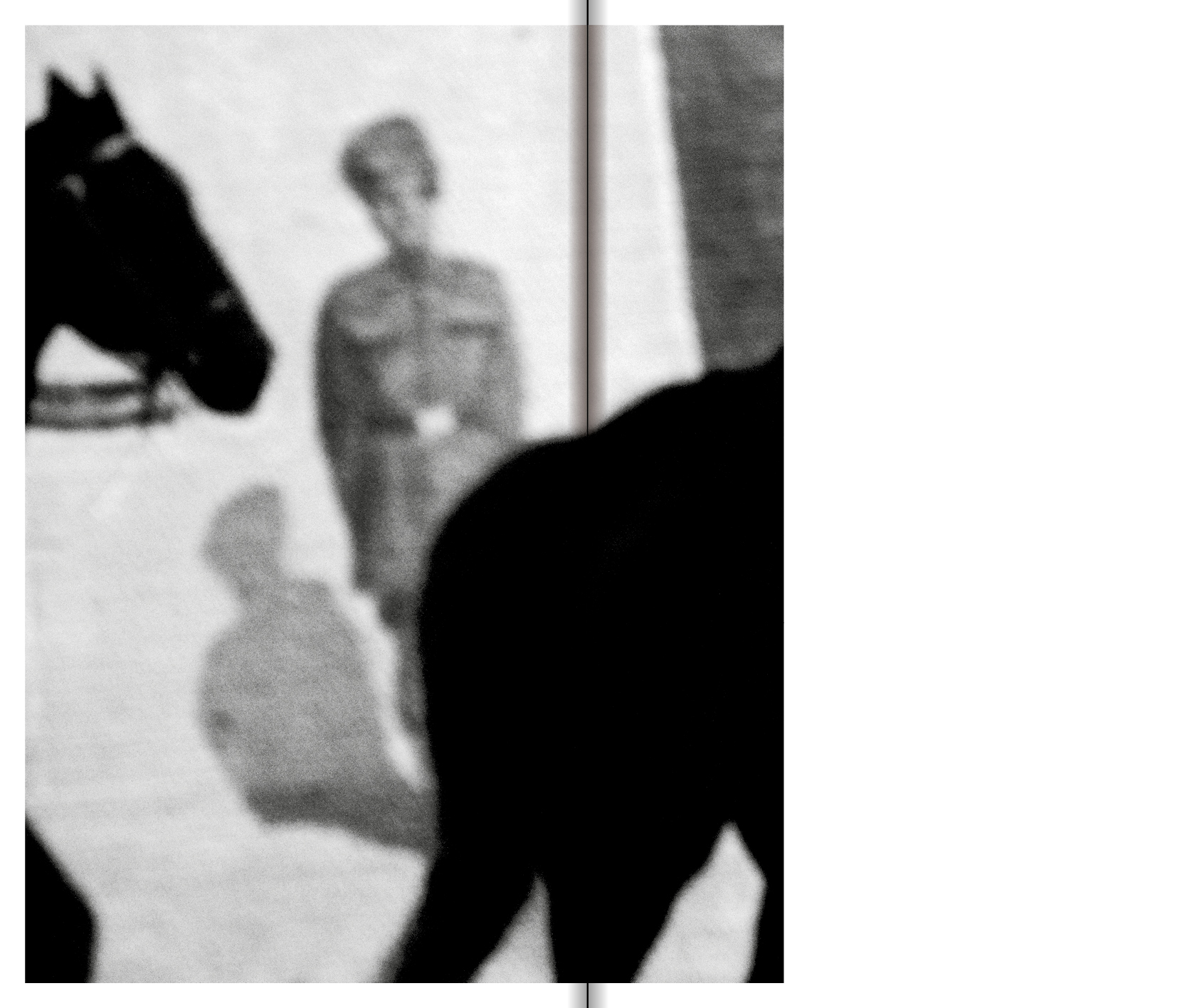
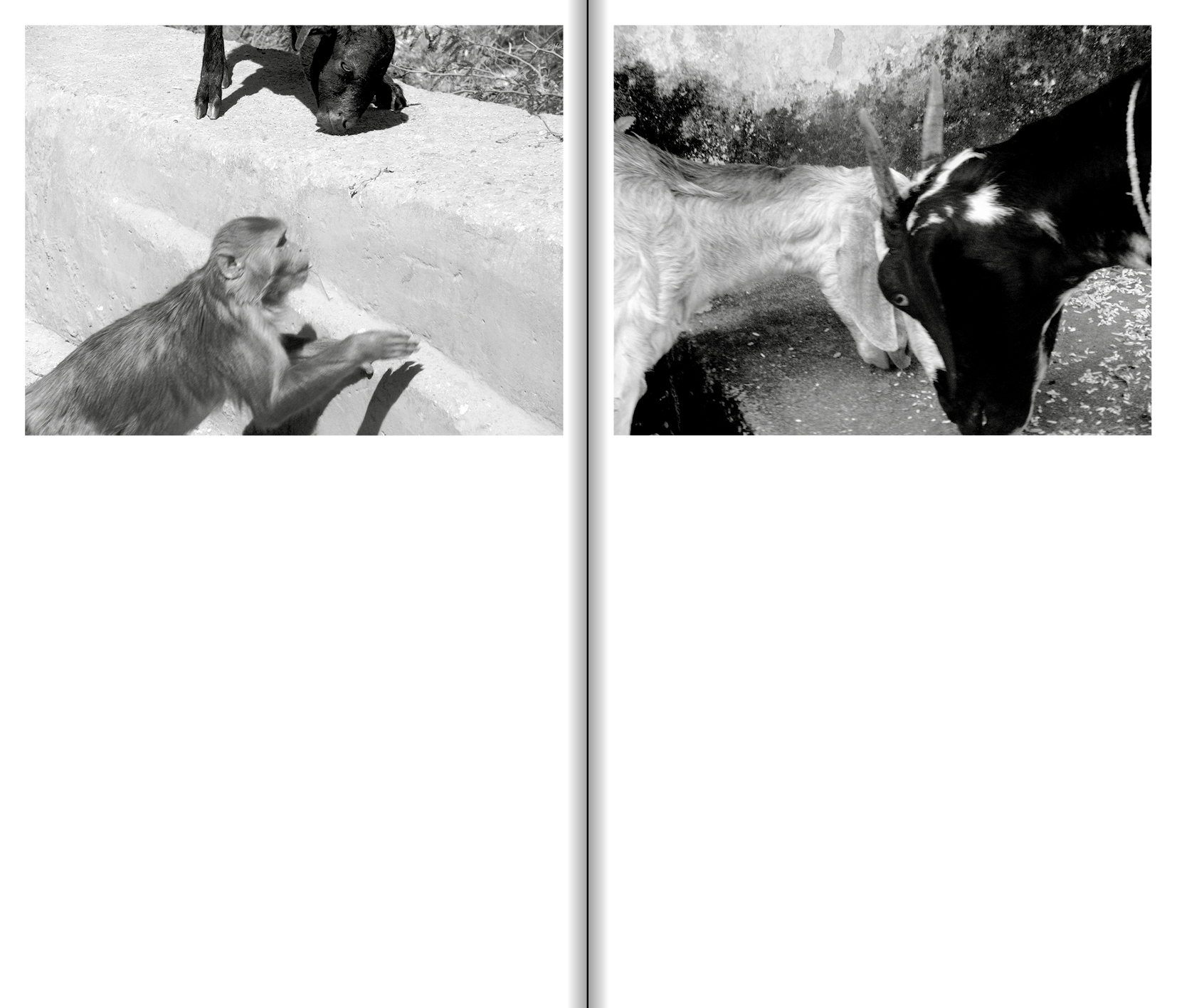
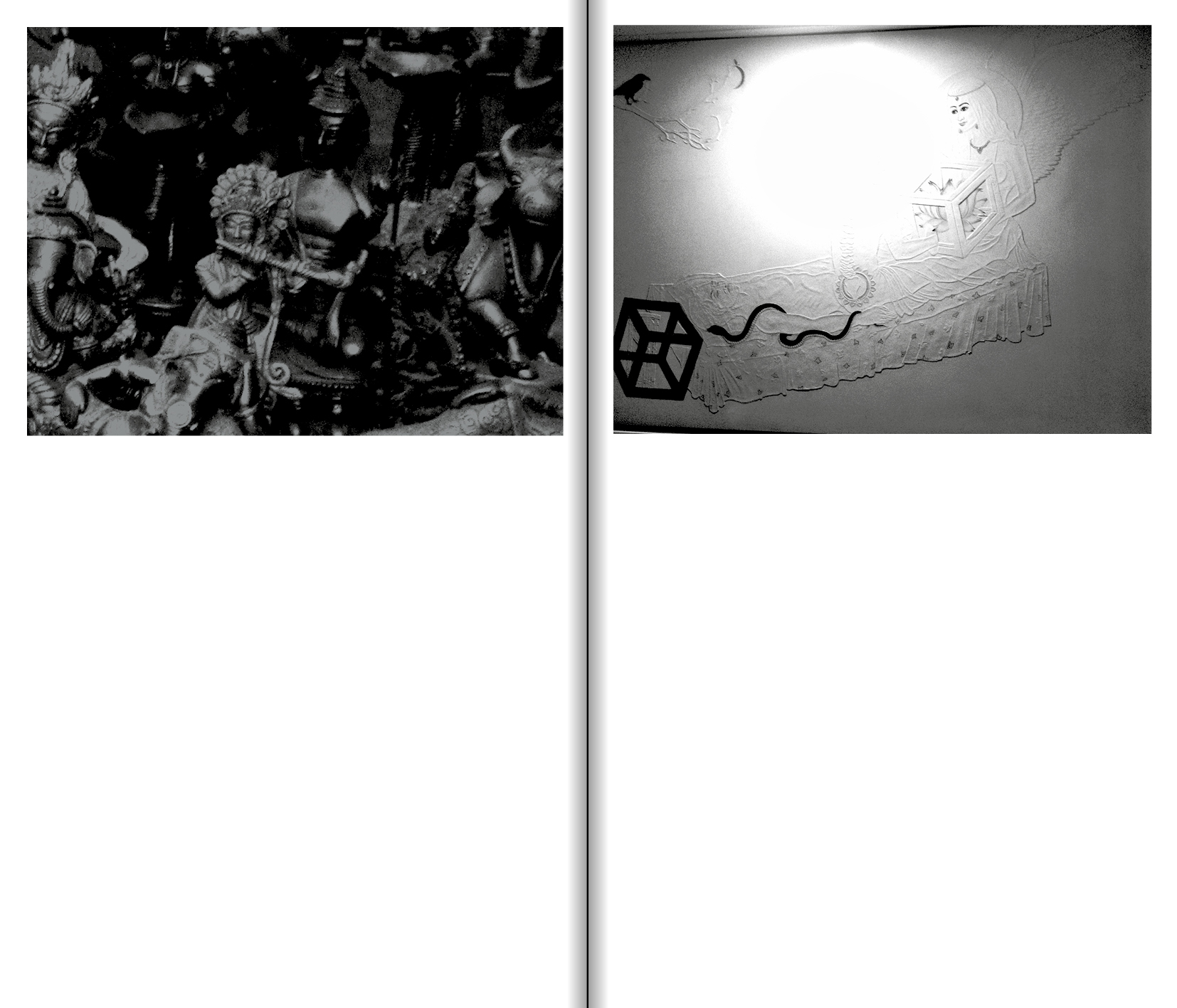
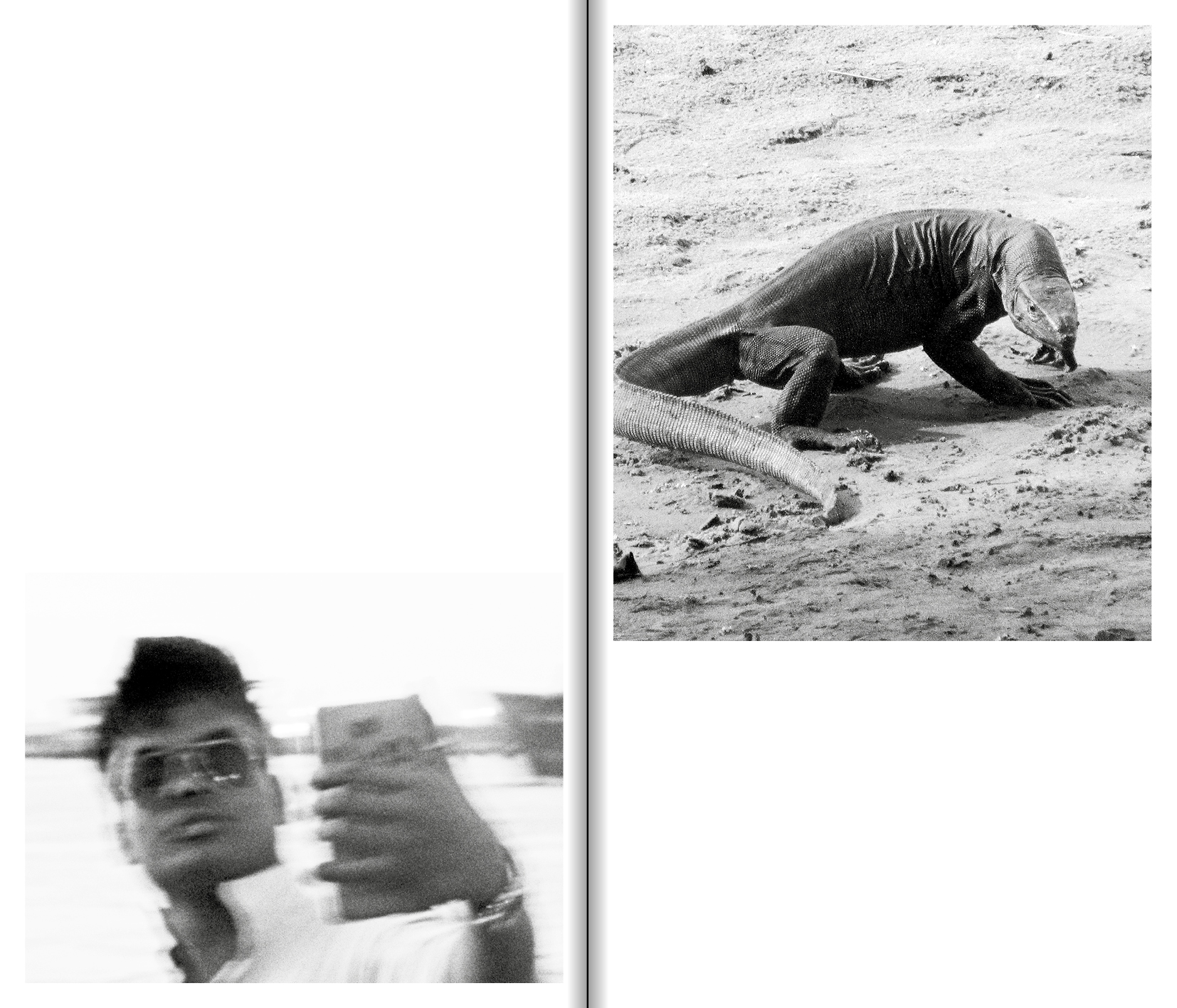

This body of work is a distinct photographic and text art project, made and inspired from two trips to India in 2017 & 2018.
Looking For Signs, is an experience of India made through the expressive frame of a hand held camera. The snapshot vision is used as a means of fluid and creative documentation of social spaces and experiences of the self, set in the atmosphere and dynamic arena of India. The artistic territory of this art is located within existential, abstract and fragmented social encounters. A fleeting convergence of appearances and dissolutions, where self and other, collide and merge through the meeting point of a camera. The snapshot aesthetic, with its ease, its lack of hierarchies and pictorial energy is utilized here within the broad language of fine art, where meaning is open, expanded and uncertain. These subjective photographs of travel are made in the mind, where the camera mediates between appearance, experience and idea. My motivation is one of a pilgrim and not a tourist.
This book is an unfolding of time and narrative, a cinematic flow of appearances. The sense of movement and journey is also embedded in the images themselves where social encounters with appearances unfold ‘as a passing show’. Here expressive picture making collides and entangles with the specificity and ecosystem of communities, culture and drama of place.
India is a complex, dynamic, deep-rooted enlightened culture, containing dualities and social contrasts. Alongside this experience of the subcontinent of India, there is a self-awareness of the dynamics of the outsider as image-maker. Equally celebrated here are encounters with a diverse range of images, artefacts and signage’s as they are presented, displayed and experienced within public spaces. Collectively here they speak of representation and its complexity.
An underlying strata of this book is an affectionate meditation on the universal conventions, democratic versatility and proliferation of the photographic medium itself: its technology and equipment; its role within collective memory, historical remembrance, storytelling and desire. Also, how the fundamental physical materiality of the medium of images, technology and craft are subject to disuse, erosion and dissolution.
In this book, images found themselves, evolving into chapters of narrative sequence, formed through the rhythmic unfolding of their own visual logic. The resulting project is a collage of intertwined pictorial narratives that seek to navigate and chart a coherent world-view, mapping the boundaries and dualistic crossing points between light and dark, the mundane and the poetic, absence and presence, social and spiritual, the fleeting and the boundless, photography and art and the transference from image to icon.